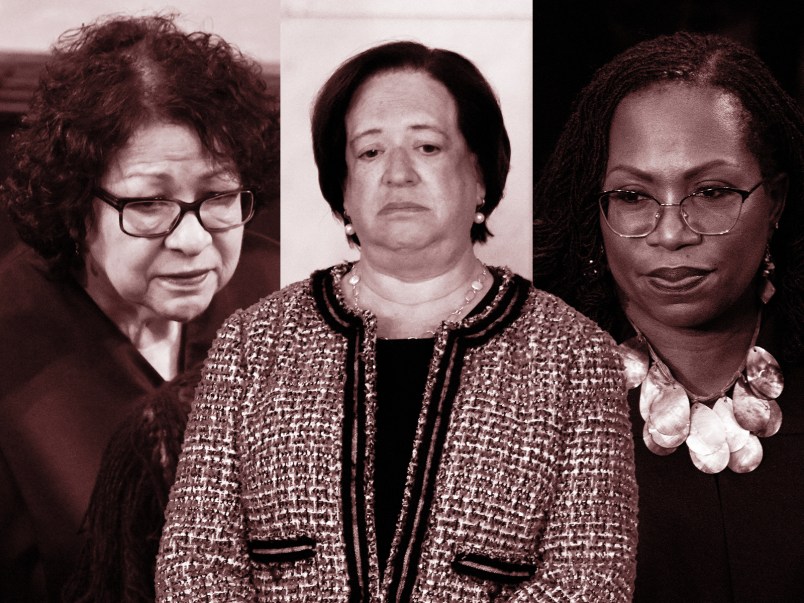The Democratic Governors Association announced Friday that it is spending $20 million on fall TV ads in four states where newly elected governors will play a key role in the next round of congressional redistricting.
The ad buys target the battleground states of Michigan, Nevada, Ohio and Wisconsin. Voters in all four of those states will be electing governors this November who will have veto power over the new congressional maps drawn by state legislatures after the 2020 census.
The ads bought in advance by entities backed by the Democratic Governors Association are to run in September, October and November.
Democrats and Republicans both are attempting to gain control of as many governors’ offices and legislatures as possible in advance of redistricting, because the party that controls that process can draw lines that give it an electoral edge for the decade to come. Although some states have independent redistricting commissions, most rely on state lawmakers to draw the boundaries subject to a gubernatorial veto.
All four states targeted by the Democratic ads currently have Republican governors. Wisconsin Gov. Scott Walker is seeking re-election, but the other GOP incumbents are term-limited. Republicans also control both legislative chambers in Michigan, Ohio and Wisconsin. Democrats control the full Legislature in Nevada.
“In a number of these states, the path back for Democrats to win legislatures is very difficult, so governors are the best path back to ensure fair maps that break Republican gerrymandering,” said Jared Leopold, the communications director for the Democratic Governors Association.
A spokesman for the Republican Governors Association did not immediately return messages seeking comment Friday.
During the last redistricting, Republicans swept into control of numerous governorships and state legislatures in 2010, then used their newfound power to draw lines that helped them win and retain majorities in the following years. Republicans now control two-thirds of all state legislative chambers and hold a trifecta of the governors’ offices and both legislative chambers in 25 states, compared with just eight for Democrats.
An AP analysis published last year found that congressional district maps in Michigan, Ohio and Wisconsin all produced 2016 election results that skewed toward Republicans, based on a statistical method of calculating partisan advantage designed to detect potential gerrymandering. Nevada’s results skewed toward Democrats, though the state has a comparatively smaller number of congressional districts.
The U.S. Supreme Court is weighing whether and how to determine if partisan gerrymandering is unconstitutional. It has scheduled arguments later this month in a Maryland case alleging that Democrats illegally gerrymandered the state’s congressional districts to dilute Republican voting power. The court has yet to rule on a Wisconsin case heard last October contending that Republicans illegally gerrymandered state Assembly districts in violation of Democratic voters’ rights to representation.
Democrats need to gain 24 U.S. House seats nationwide to retake control of the chamber from Republicans.









